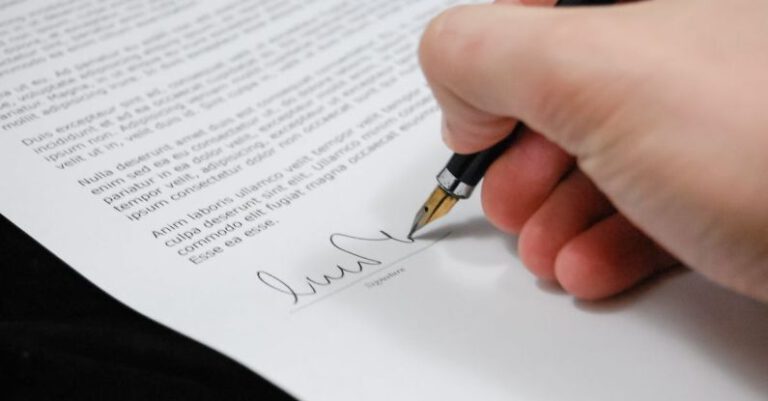What Are the Best Methods for Removing Tape Art Installations

Tape art installations have gained popularity in recent years as a creative and temporary way to decorate spaces. However, when the time comes to remove these installations, it can be a tricky task. Whether you are a professional artist or a DIY enthusiast, knowing the best methods for removing tape art installations can save you time and effort while preserving the surfaces underneath. Here, we will explore some effective techniques to help you successfully remove tape art without causing damage.
Understanding the Tape Type
The first step in safely removing tape art installations is to understand the type of tape that was used. Different tapes have varying levels of adhesive strength, which can impact the removal process. Generally, masking tape, painter’s tape, and washi tape are easier to remove compared to duct tape or packaging tape. Knowing the type of tape will help you choose the appropriate removal method.
Peeling Off Carefully
One of the simplest methods for removing tape art installations is to peel off the tape carefully. Start by gently lifting a corner of the tape and pulling it back at a 180-degree angle. Avoid pulling the tape upwards, as this can cause it to tear and leave residue behind. Slow and steady peeling will help minimize damage to the surface underneath.
Using Heat
For tapes that have been in place for an extended period or are stubbornly stuck, applying heat can help loosen the adhesive. Use a hairdryer on a low to medium setting to warm up the tape. Hold the hairdryer a few inches away from the tape and move it back and forth to distribute the heat evenly. Once the adhesive softens, you can slowly peel off the tape with less resistance.
Using a Solvent
If peeling and heat methods are ineffective, using a solvent can help dissolve the adhesive and make removal easier. Common household solvents such as rubbing alcohol, nail polish remover, or oil-based products like cooking oil or WD-40 can be effective in breaking down the adhesive. Apply the solvent to the tape and let it sit for a few minutes to allow it to work its magic. Then, gently peel off the tape with minimal effort.
Testing in an Inconspicuous Area
Before applying any removal method to the entire tape art installation, it is crucial to test it in an inconspicuous area to ensure it does not damage or discolor the surface. This precaution can help you avoid any unwanted consequences and allow you to adjust your approach if necessary.
Cleaning Up Residue
Once the tape art has been removed, you may be left with adhesive residue on the surface. To clean up the residue, use a gentle adhesive remover or a mixture of warm water and mild soap. Apply the solution to a clean cloth and gently rub the residue in a circular motion until it lifts off the surface. Avoid using abrasive materials that can scratch or damage the surface.
Preserving the Surface
After successfully removing the tape art installation, take steps to preserve the surface underneath. Clean the area thoroughly to remove any remaining residue or debris. Depending on the surface type, you may consider applying a protective coating or sealant to prevent any damage from future installations.
In conclusion, removing tape art installations can be a straightforward process if done correctly. By understanding the type of tape used, employing gentle removal methods, and taking precautions to preserve the surface, you can effectively remove tape art without causing damage. Remember to test any removal method in an inconspicuous area and proceed with caution to ensure a successful removal process.





